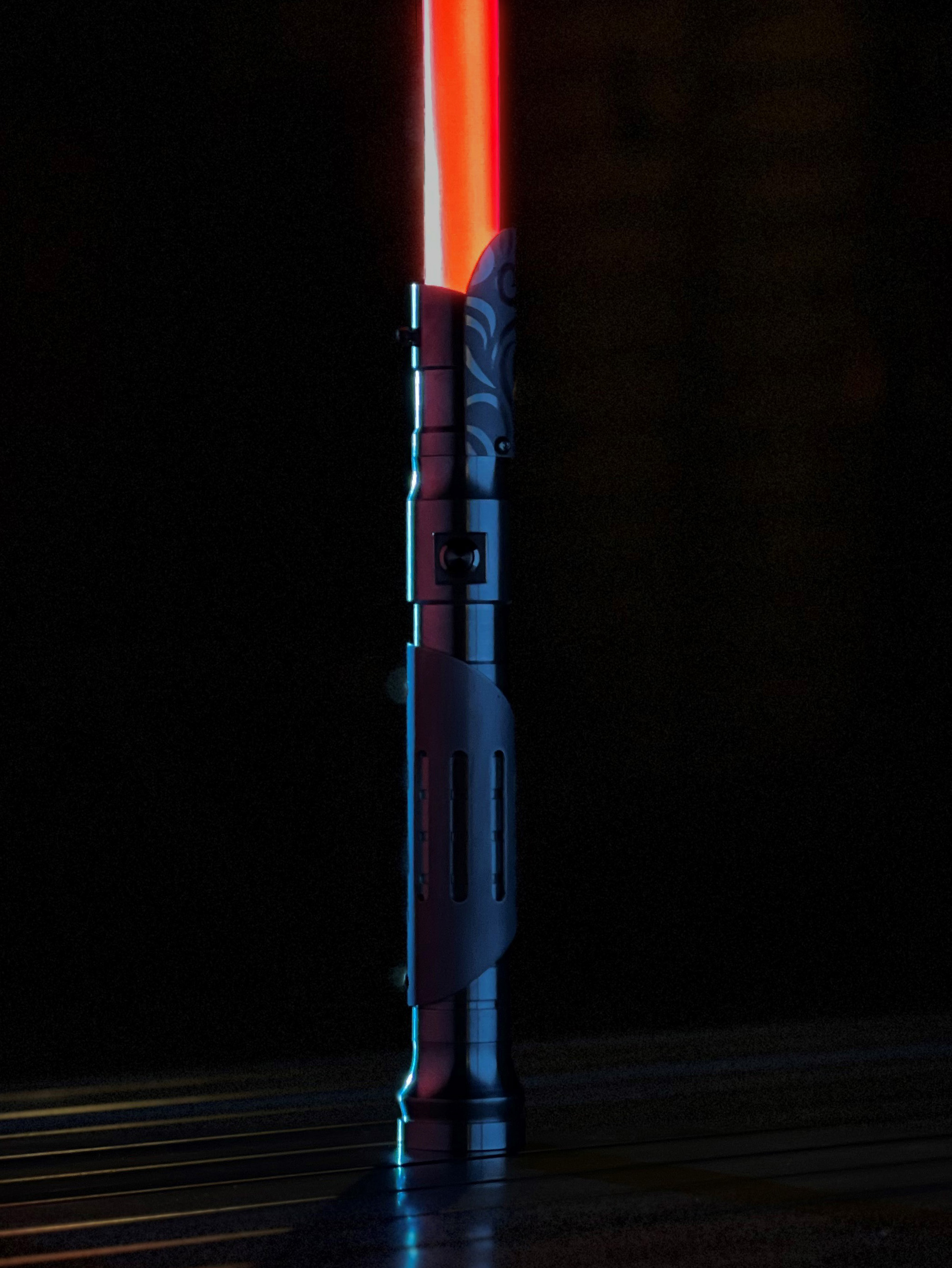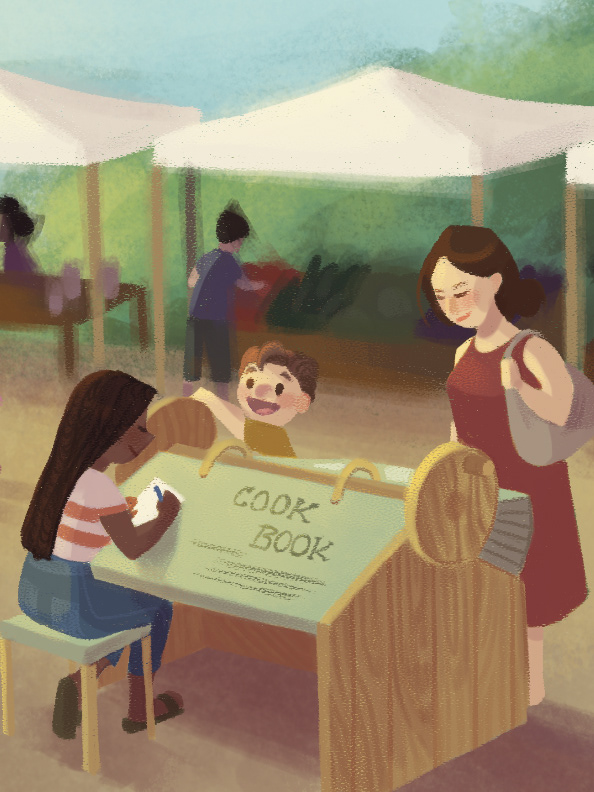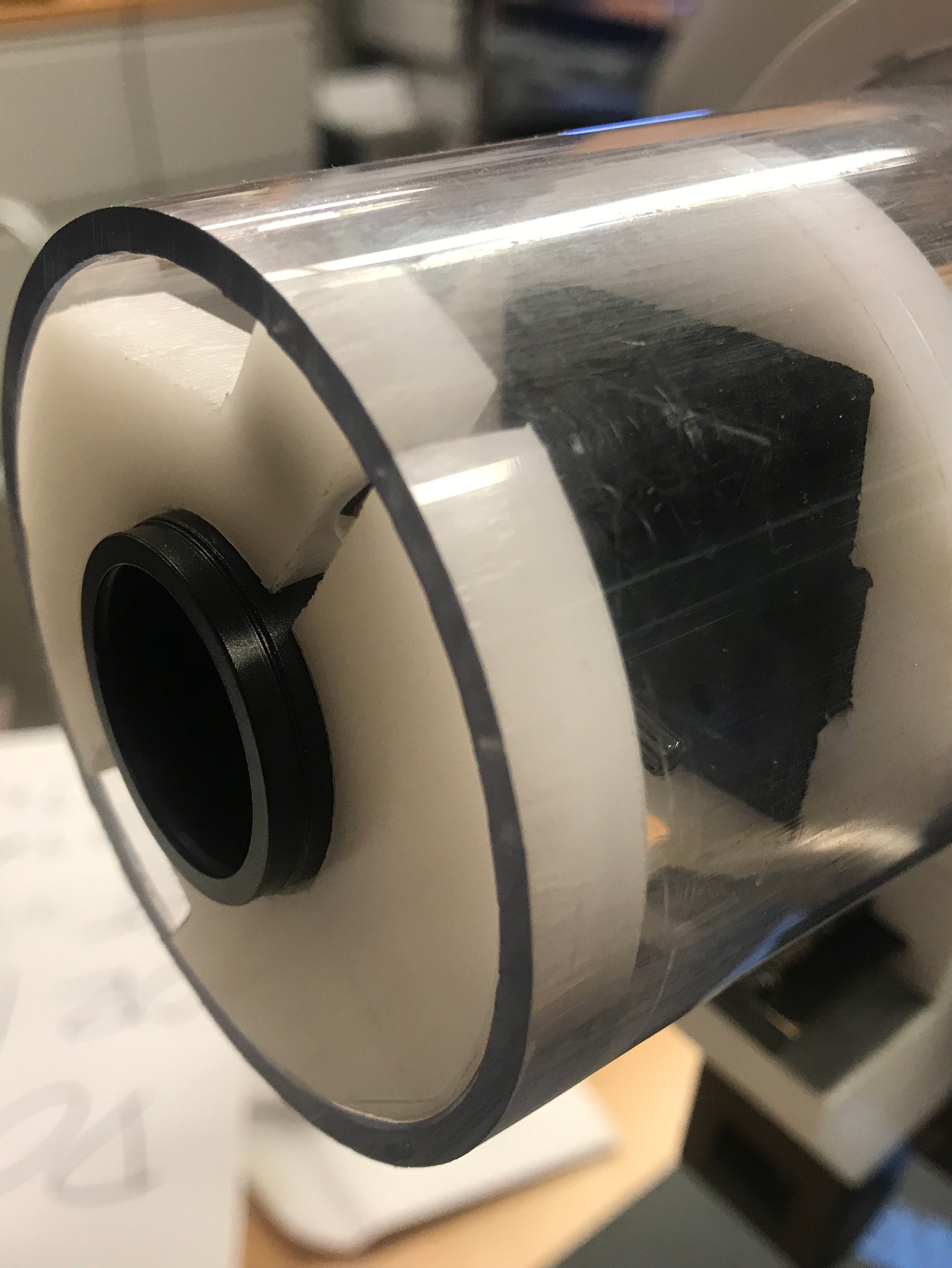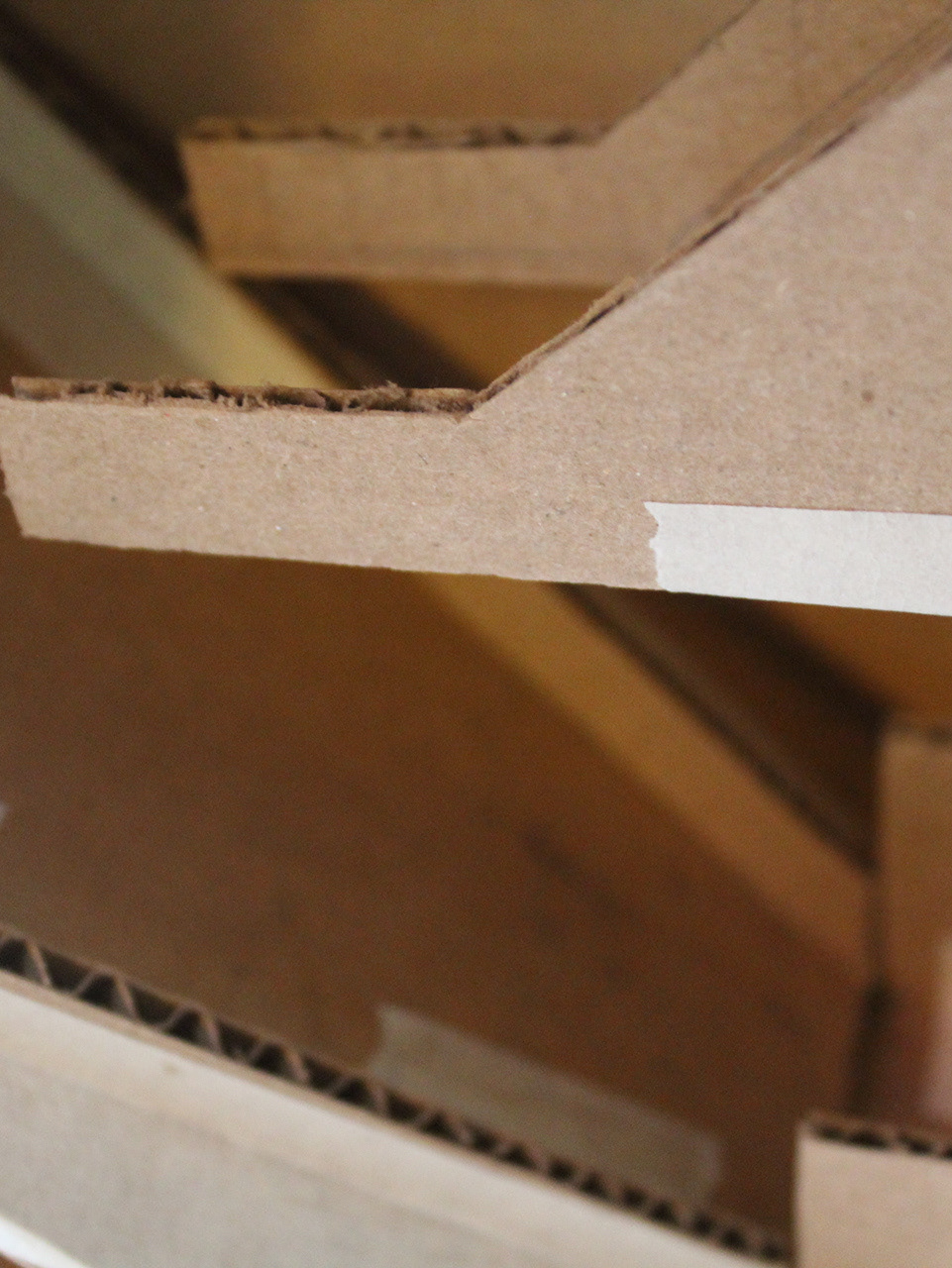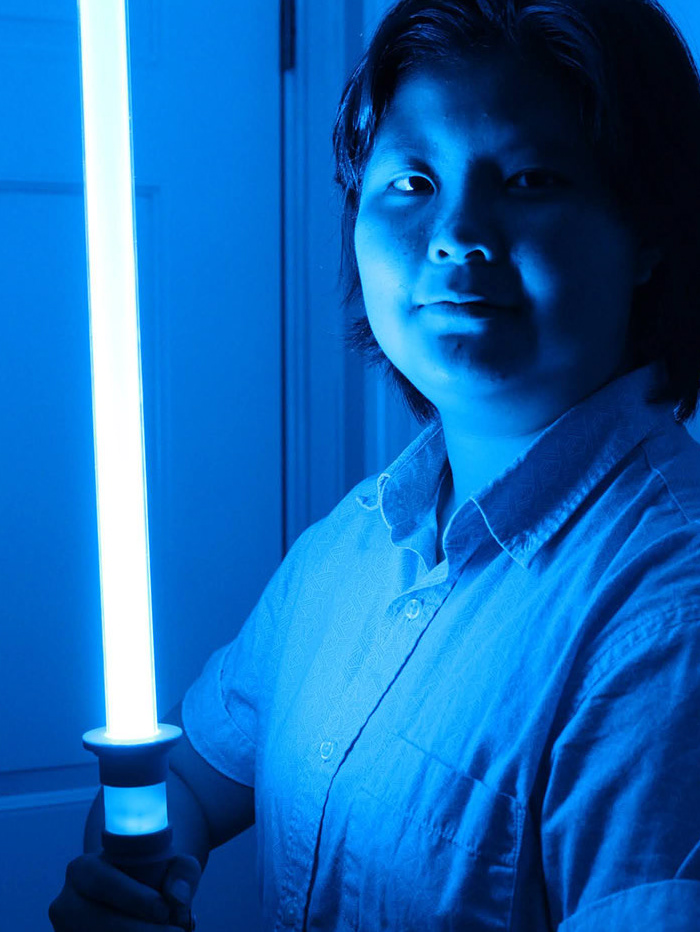MS Design Capstone - Winner of 2025 MS Capstone Project Award
My capstone is about mail--snail mail, specifically. The kind that travels over land and sea to get to your mailbox. The kind that comes in a stamped envelope with your name handwritten on the front. The kind that we don't see around much anymore because it's so much faster to just send a text. But this capstone wasn't always about mail. In fact, it started out as a project about AI. So how exactly did I get from AI to mail?
Initially, I was investigating the rift between generative AI and artists. Ever since AI became popularized as an image-making tool, there has been a palpable tension between the excitement of being able to make stunning images at the click of a button and the anxiety that human artists will soon become obsolete. As an artist myself, I couldn’t help but wonder: what’s the point of making art when a machine can do it so much better and faster than I can? And what would it mean for entertainment if all the art and stories we consumed were produced by this machine? I wanted my capstone to focus on turning this fear and hopelessness about the future into something more optimistic.
The first step towards this involved systems research. I learned as much as I could about how art and commerce intersect in the entertainment industry; I talked to artists in entertainment and heard their stories about adapting to technological change; I looked at artists who were doing incredible things with AI, using it to create connections with nature and explore the uncanny; and I even collaborated with AI to see where it could fit into my own artistic process. See the full process portfolio here. What I found can succinctly be summed up into this quote from an interview with Ted Chiang on The Ezra Klein Show:
“Most of our fears or anxieties about technology are best understood as fears or anxiety about how capitalism will use technology against us.”
The thing is, AI itself is not the problem.
We live in a society with a growing fixation on producing and consuming more individualized content faster. Emerging technologies like AI and VR in the realm of entertainment are directed towards personalization and meant to be consumed alone. It’s like we forgot that the whole reason humans have stories in the first place is to bring us together. Many artists are so hostile towards AI because it is framed as a tool to nudge us towards fast entertainment. Much like fast food and fast fashion, fast stories are disposable and forgettable, immediately gratifying but ultimately only serve to further disconnect us from the source. I concluded my research with the conviction that the world needs to renew its touch to shared, slow stories that unite us with the people and place around us.
So what does shared, slow entertainment look like? I prototyped ways to get people to make meaningful connections over collaborative stories. First, I made an artifact of the mail exchange I had with my college friend Lillian. We started this exchange shortly after graduation as a way to stay connected over a long distance. What started out as a creative exercise, with her sending me writing and me responding with sketches, became a story that unfolded over years. I wondered if something like this could be used to facilitate new connections among other creatives. My second prototype was an artist pen pal service that connected five pairs of artists in a two-week artistic correspondence. Artist Pen Pals was a success, but I wanted to explore ways to reach a broader audience. The third prototype was Tales from the Microworld, a series of miniature installations hidden around campus linking to popcorn stories that people could contribute to. This was unfortunately met with limited engagement, so I shifted my focus back to mail. I was drawn to mail as a vessel for slow stories. There was something special about the intimate connection it created between two parties and intentionality of sending a physical artifact.
And so, Letters from the Microworld was born. I gathered a group of 26 students to interact with a story that unfolded over the course of 12 days. Told in a series of 6 illustrated letters, the comics were an anthology of a Stanford student. I wanted to tell a story that felt both intimately personal and universally relatable, so while the anthology was very much rooted in my own experiences, it explored themes like home, loneliness and belonging, and achievement, that everyone can relate to. These six letters were delivered to each participant in two batches. Every other day, they opened a new letter, containing a comic and map to a hidden miniature post box.
The miniature hunt was an important part. I wanted participants to feel like more than passive consumers. By having a component that depended on them going out and engaging with their environment, they were given a more active role in shaping the story. All the post boxes were interactive; some were quite simple and asked people leave a sticker, and some were a bit more involved, having them write postcards to other participants or exchange pet rocks. Another asked people to contribute to a shared archive of memories on loneliness and belonging. They would write about their memories and add it to a little book in a hidden compartment inside the miniature. The interactions were varied, but they were all designed to give the participants the sense that they were a part of a collective experience.
Another feature of the post boxes was that they could be visually activated in some way. Each participant was given a flashlight which could be used to reveal something hidden. These effects were intended to add another layer of depth to the story and also evoke a sense of wonder and discovery that would hopefully inspire people to notice the magic in the small things around them.
See the complete saga here.
After 12 days, Letters from the Microworld wrapped up with an in-person meetup where participants could meet others and chat about their experiences. Hearing their stories was one of the most fulfilling parts about creating this prototype. I was delighted to hear about moments of unexpected connection that happened outside the scaffolding of the intended design. It seems like people were eager to engage with slower forms of storytelling, and based on survey results, participants found the experience satisfying and meaningful, giving them a greater appreciation for the people and place around them.
What’s next for the Microworld? There is still a lot to learn about how to connect people in a disconnected world and Letters from the Microworld is only the first step. It is hard to say whether having slow stories like this is enough to combat a culture of fast entertainment. And in fact, Letters from the Microworld attests less to how we can replace fast habits completely and more so to our remarkable capacity to make space for slow, shared experiences despite existing in an age where everyone seems to be running out of time. As we navigate a future full of technologies that place the world at our fingertips, the way we produce and consume entertainment may never be the same. I am hopeful that if we design this future with care, there will always be time to slow down and savor the shared stories that ground us to the world.
A huge THANK YOU to everyone in my Stanford community. In my quest to create belonging, I found a group of people who made me feel the most belonging I have ever felt in my life. The amount of love and care that each individual person has for others and the world is indescribable and will forever inspire me to design with the same amount of care that I have been so lucky to experience.
